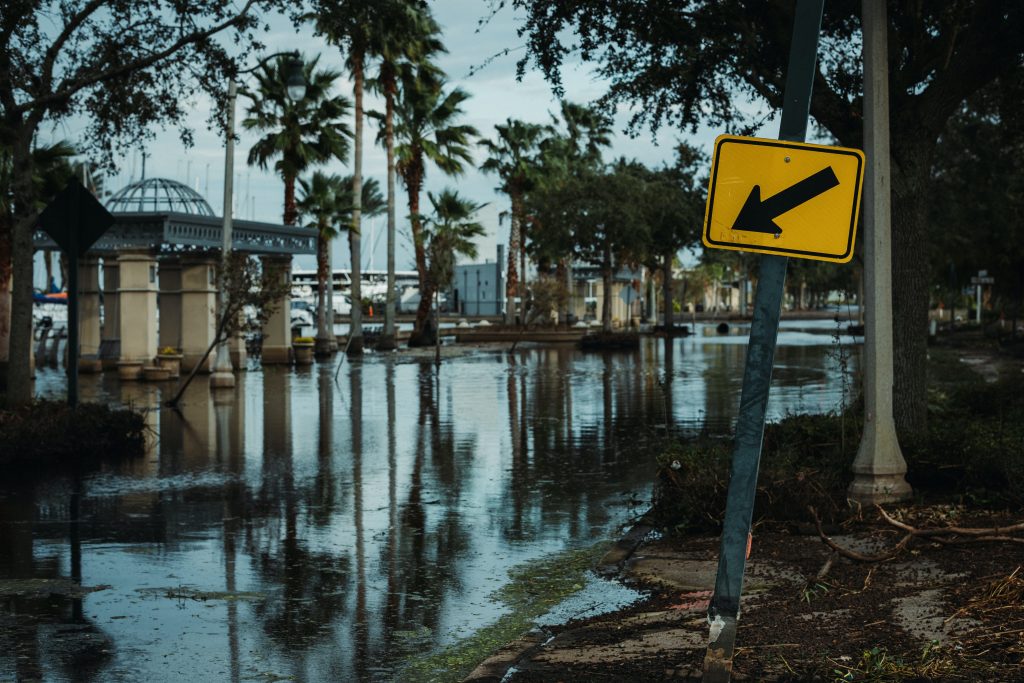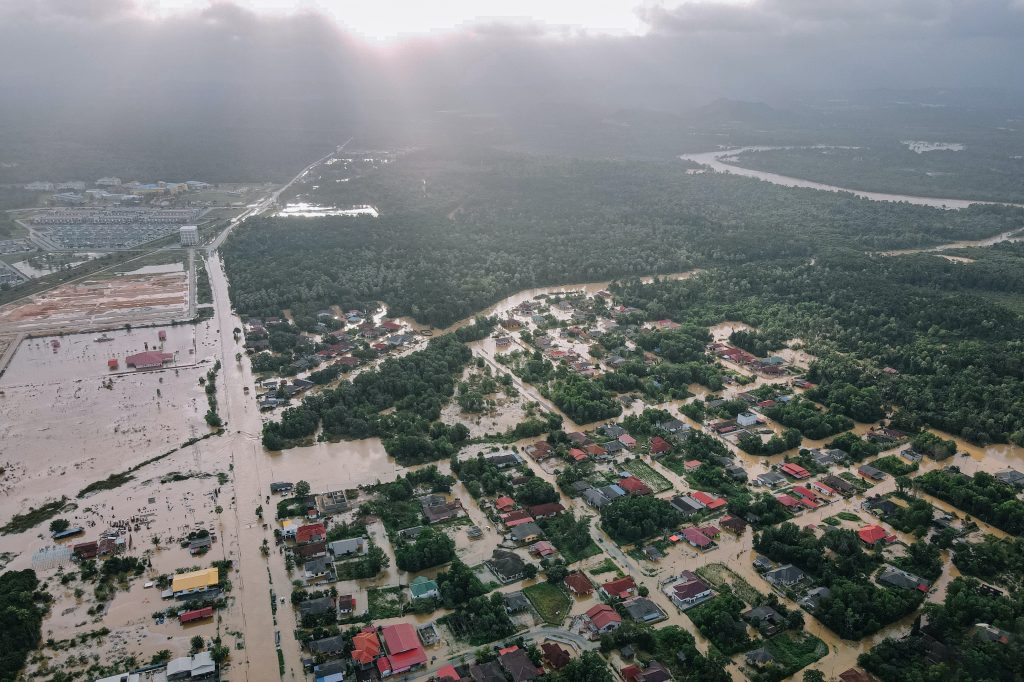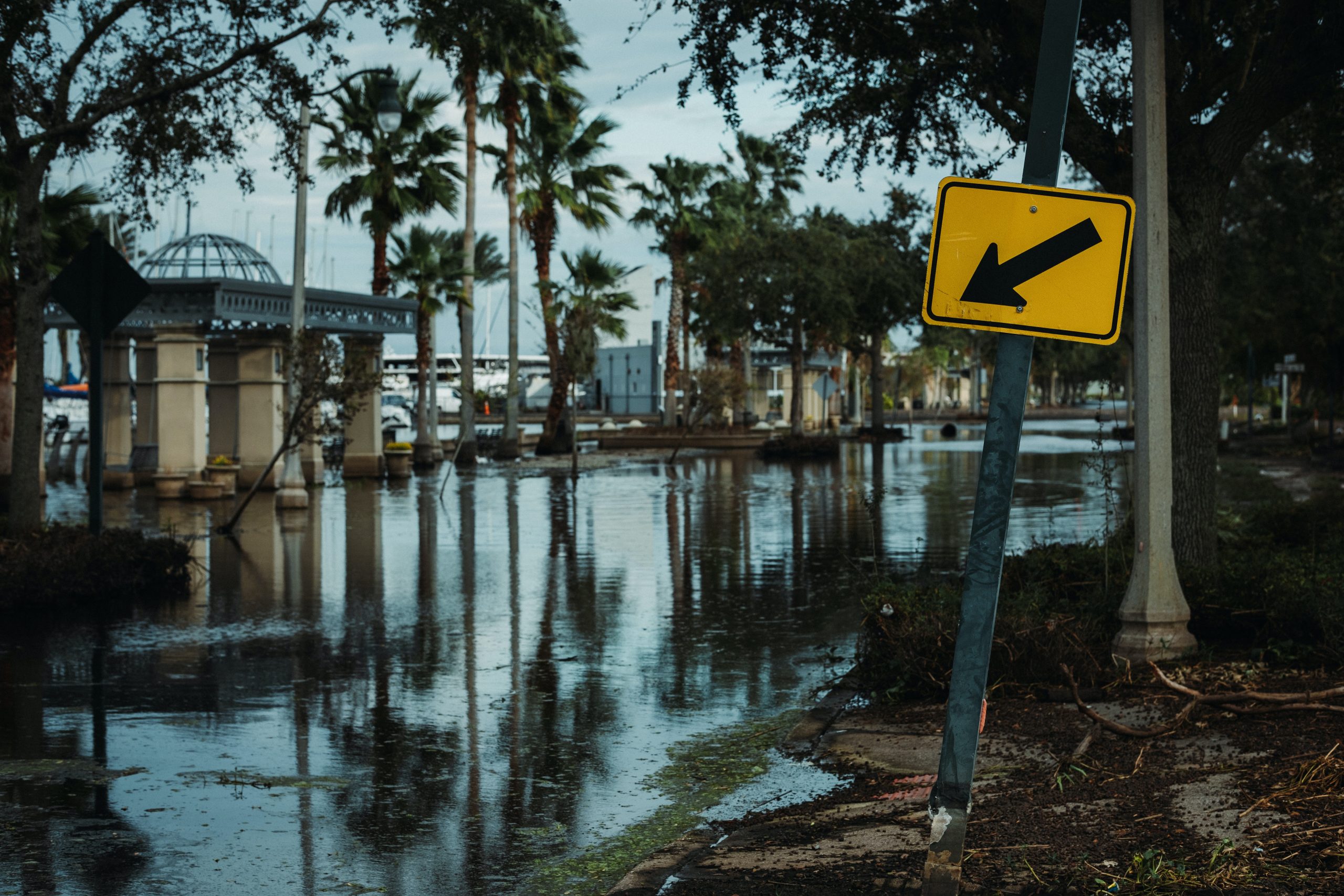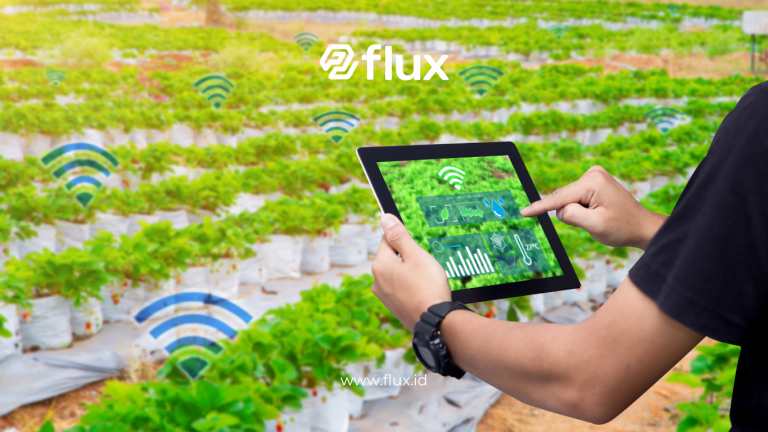Don't miss our holiday offer - 20% OFF!

Read also : Utilizing IoT in Flood Monitoring and Early Warning Systems
Floods are natural disasters that can wreak havoc on properties and cause significant harm to human lives. In an effort to reduce the negative impacts of floods, weather sensors have become crucial components of early detection systems. This article will explore how weather sensors integrate weather data to enable more effective flood monitoring.
Contents
Weather Data and Sensors: Monitoring the Sky and Earth

Read also : Gas Sensors : Monitor the Health and Safety of Electric Motors
Weather sensors function as instruments for measuring a range of weather parameters, including air temperature, humidity, air pressure, and wind direction and speed. These sensors can be strategically placed in diverse locations, including both aerial and terrestrial settings, to acquire precise weather data.
Types of Weather Sensors
Various types of weather sensors find application in flood monitoring. Some of them include:
1. Anemometer
Anemometers are used to measure wind speed. This information is essential for understanding the flood potential caused by strong storms.
2. Hygrometer
Hygrometers measure air humidity, which can affect soil saturation levels and flood potential.
3. Rain Gauge (Pluviometer)
Rain gauges are used to measure rainfall. This data is crucial in flood monitoring as excessive rainfall is a primary cause of floods.
4. Barometer
Barometers measure air pressure, which can provide clues about weather changes and flood potential.
Integrating Weather Data into Flood Early Detection Systems

Read also : Security and Privacy in Connected Parking Systems: Challenges and Solutions
Flood early detection systems incorporate data from a range of sensors to forecast flood potential. The integration into these systems entails several crucial steps:
Data Collection
Weather sensors continuously collect data. We then transmit this data to flood monitoring centers for in-depth analysis
Data Analysis
We conduct real-time analysis of weather data from sensors to identify weather changes that can trigger floods. We utilize smart algorithms to predict flood potential based on this data.
Early Warning
If the system detects flood potential, early warnings can be sent to the public and authorities to take appropriate preventive measures.
Utilizing Historical Data
The system also uses historical data to understand flood patterns in specific areas. This aids in long-term flood mitigation planning.
Key Benefits of Weather Data Integration

Read also : Security and Preparedness Enhanced by Smart EWS Technology
The integration of weather data into flood early detection systems offers significant benefits, including:
- Early Warnings: The public can receive early warnings about potential floods, allowing them to take timely precautions.
- Informed Decision-Making: Authorities can make better decisions based on accurate weather data.
- Reduction in Losses: With a better understanding of weather conditions, flood-related losses can be reduced.
Conclusion

Read also : Pressure Sensors: Unveiling Advanced Flood Monitoring Secrets
Weather sensors are pivotal in flood monitoring and early detection systems, facilitating early warnings and informed decision-making, ultimately aiding in mitigating the adverse effects of floods. With the ongoing advancement of sensor technology, prospects for enhanced flood monitoring and mitigation are promising.





